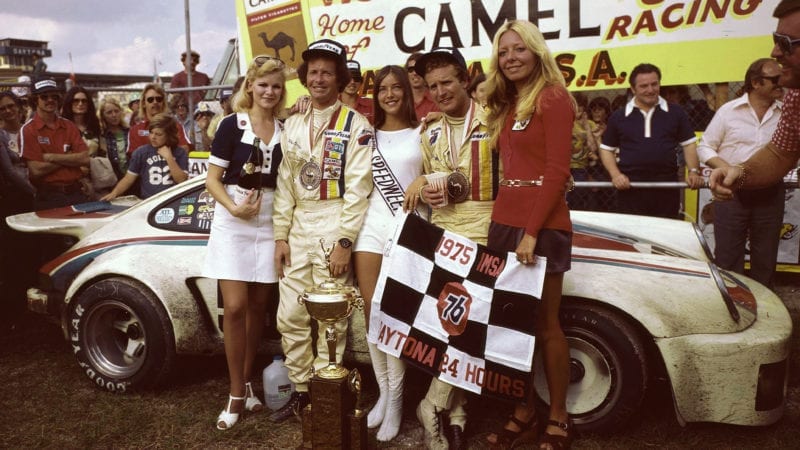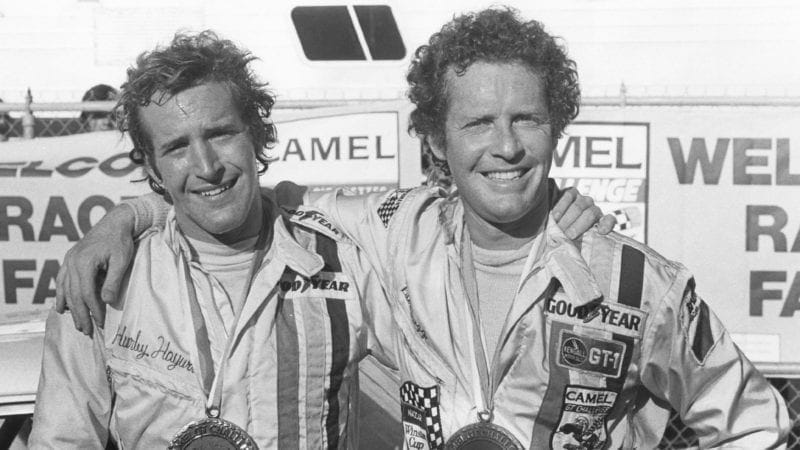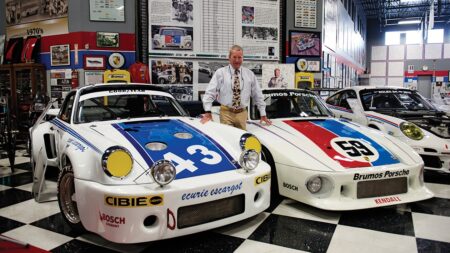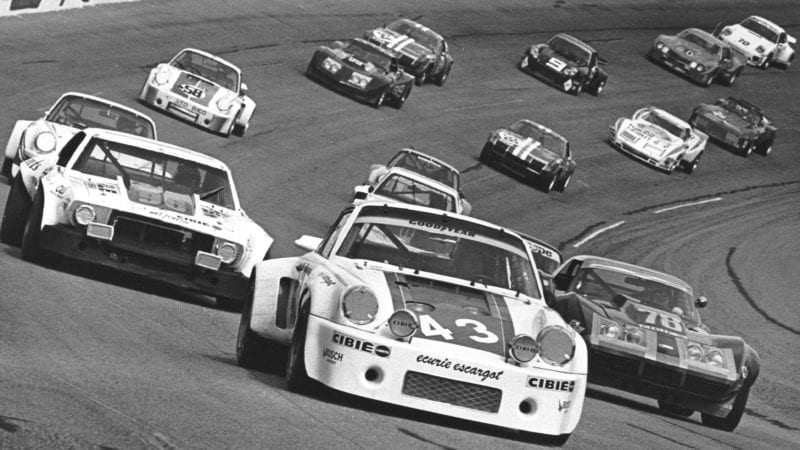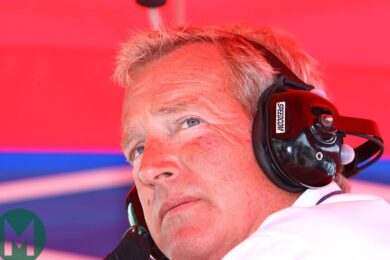“I don’t think anybody really understood mental health at that time, the issues that he was going through,” says Haywood.
“We all knew that something was wrong. He was taking medication, but Peter always thought that he was smarter than medication. So in a lot of cases, he didn’t take it.”
After a period of estrangement, the two finally met up again in late 1980.
“Peter called me up as though nothing had happened,” said Haywood. “He’d met a girl called Deborah and had married her very quickly, a few days before. He said she was cooking lunch and why didn’t I come over?”
“It was a total surprise. I went over, everything was totally cordial, and we had a really nice lunch. Peter was full of plans for the future. He was planning to go Indy racing with me as the driver, he had it all mapped out. Next morning he went to a shop, bought a gun, walked onto the beach and shot himself.”
Looking back upon the event, Haywood feels that even without the widespread lack of mental health awareness, there isn’t a huge amount he could have done to intervene.
“We didn’t really understand what the signs were that say: ‘This guy needs some help.’ And even if we did, I seriously doubt whether Peter would have taken that advice,” he says.
“Peter always thought he was smart enough to deal with it on his own, in his own way. But we now know that that was not the case.”
Loyal to his friend, Haywood helped Gregg’s family the best he could after his passing, but in terms of his own self-preservation, the endurance legend turned to what he knew best for therapy: racing.
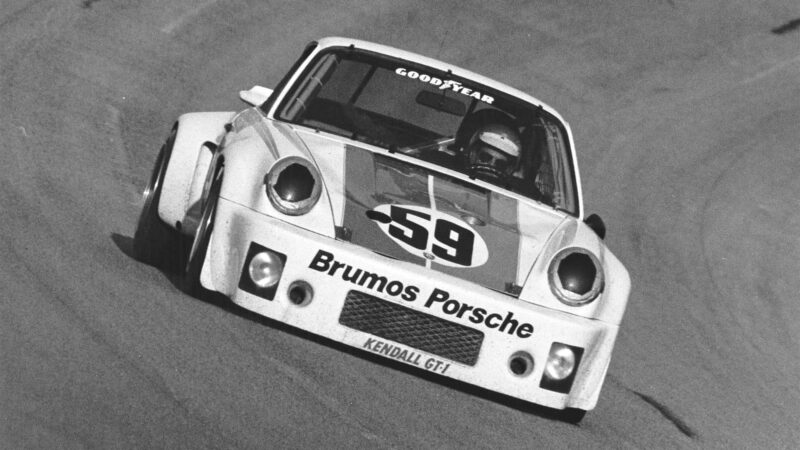
Haywood enroute to ’75 Daytona win
ISC Images & Archives via Getty Images
First after Gregg’s death was 1981 Daytona 24 Hours, which ended in a DNF. Next up was Sebring. His friend’s loss was still very much at the forefront of his mind as the visor came down.
“It was difficult, because we had lost Peter and everybody felt it. He was a pretty significant reason why I got some early success and so not having him there was kind of a really weird, weird feeling,” says Haywood.
“But we pressed on – everybody deals with those kind of losses in their own way.
“Racing is a wonderful mask for things that are going on.”
“We pressed on – everybody deals with those kind of losses in their own way”
Haywood was entered at Sebring in ‘81 with an associate of Gregg’s, team owner Bruce Leven. Leven was also driving as an amateur, with three-time Le Mans winner and IMSA legend Al Holbert making up the trio, entered in a Porsche 935/80.
“Al was a dream to drive with,” Haywood remembers. “He always did a monumental job, he was always good to the car, he understood the mechanics behind them. He would be one of my top picks to drive with.
“Bruce was very adequate, he didn’t make mistakes but he was an amateur driver. So, in a race like Sebring, all the owners had their own agreement where they would do one or two middle stints, and then that usually was enough for them – they were competitive with each other.
